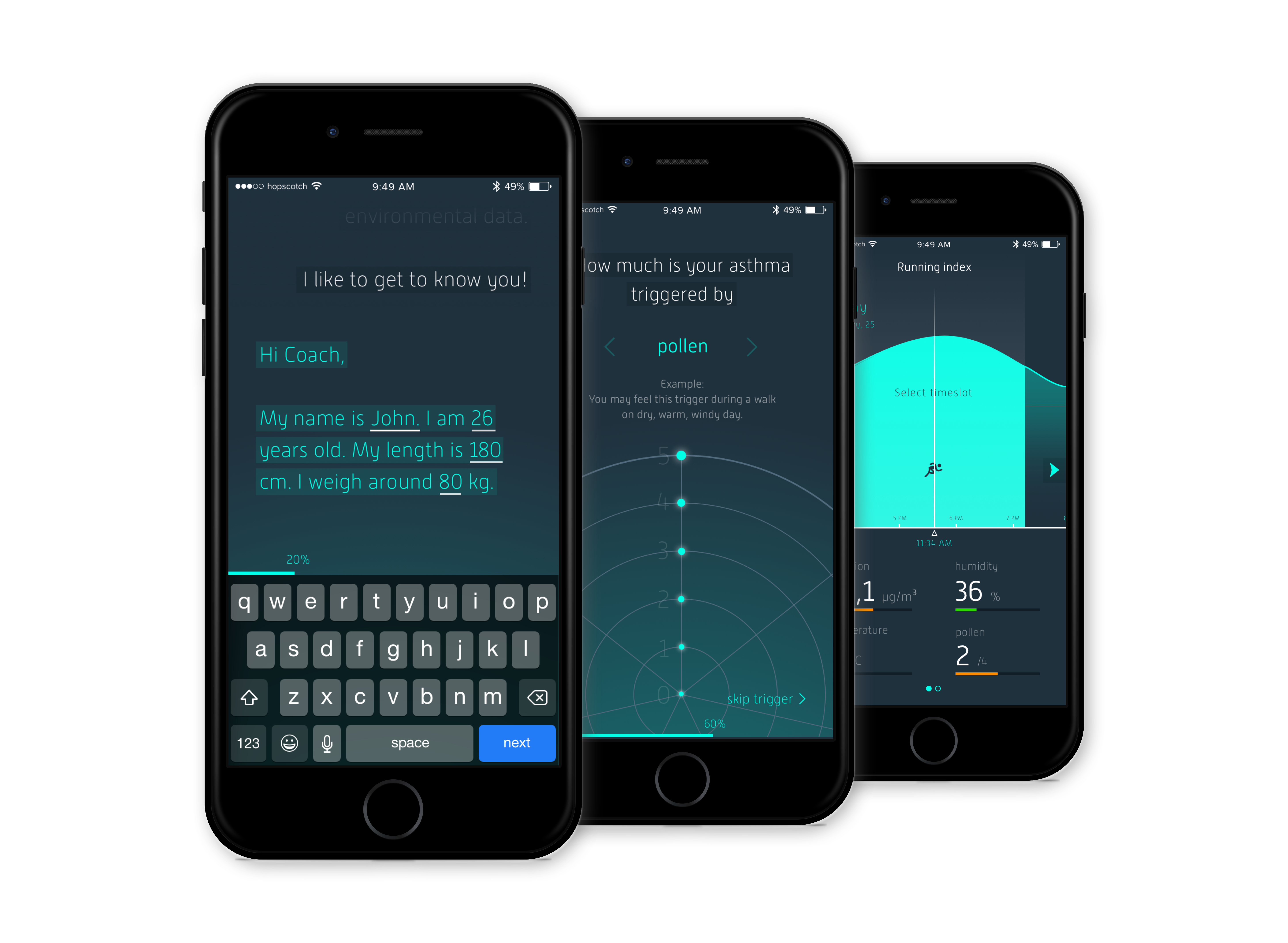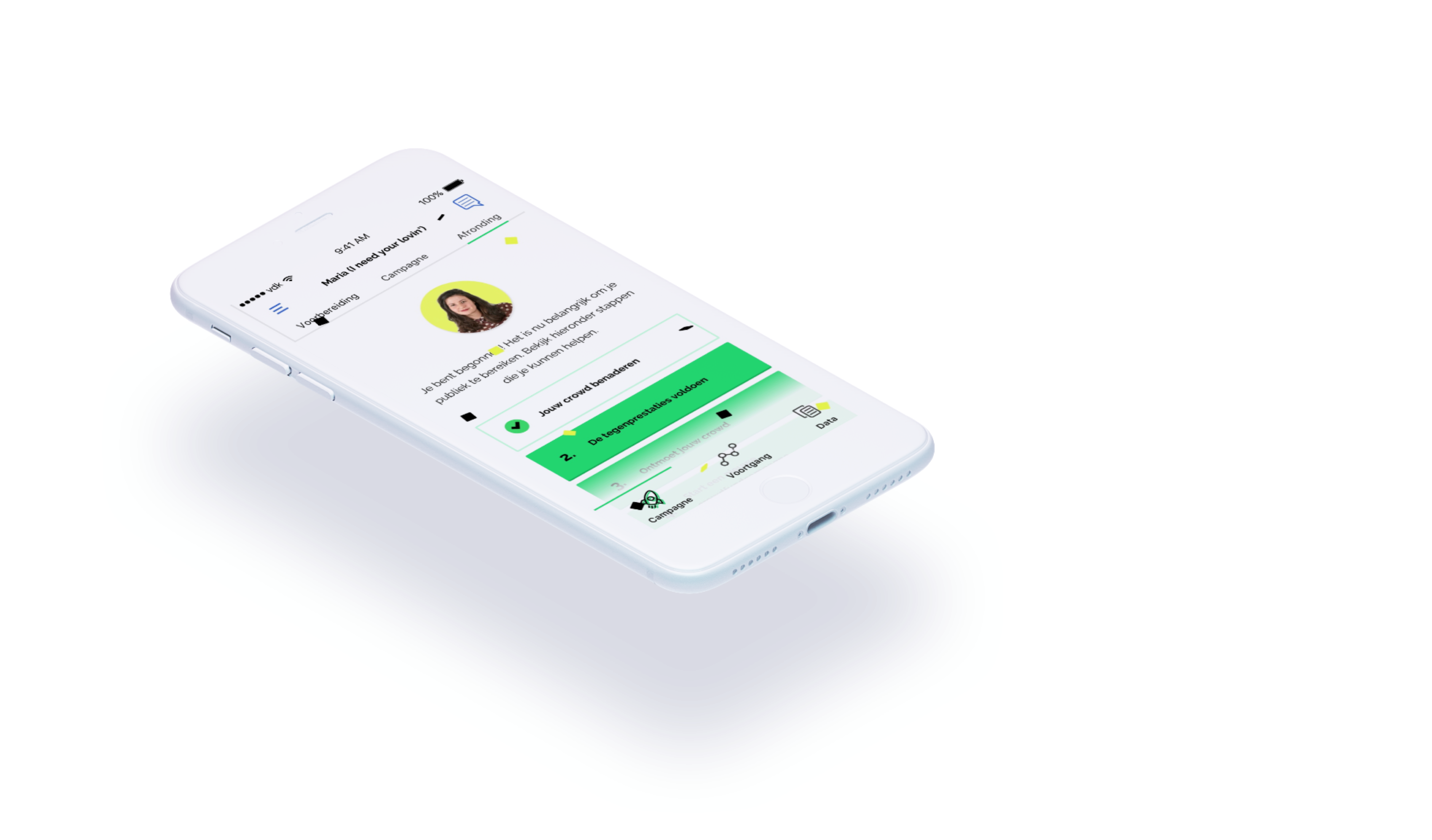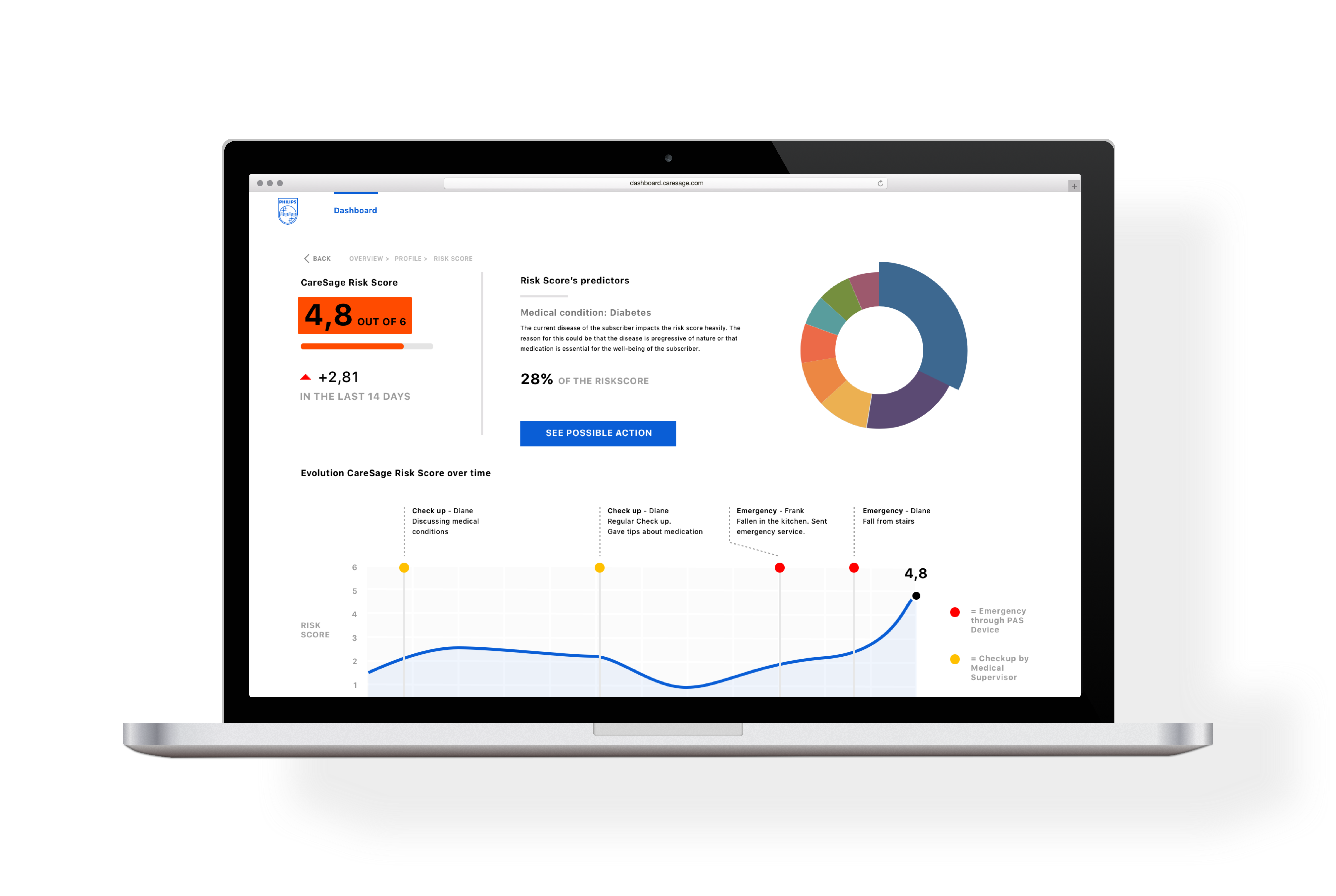Project type
Bachelor minor project
Role
UX designer
Platform
Mobile application
Date
2016
During the minor Interface & User Experience Design, as a part of the Communication & Multimedia Design programme, I worked with a group on an assignment set out bij design agency CLEVER°FRANKE. For four months the group and I completed a complete design process as if it was an actual paid project, meaning that we went through a research phase before we iterated in the ideation and realisation phase.
Context
Against the backdrop of globalization, cities are increasingly challenged to maintain sustainable economic development and a livable urban environment that ensures quality of life for its inhabitants. Whether big or small, it will be ‘smart cities’ making the difference in the future. Part of these smart cities will be sensor networks that continuously monitor the quality of the environment. The goal of our assignment was to design how environmental data could influence when and where people go for their outdoor activities.
Design opportunity
How could environmental data start to influence when people go for their outdoor activities?
Research phase
This project is particularly interesting as the design opportunity as described above is rather open, which left us to concretize the design scope. In order to formulate a more concrete design goal, we conducted thorough exploratory research on what these environmental data exactly entail. But also, how and who are most affected by these environmental factors. We combined research tools such as benchmarking, user interviews and literature reviews to formulate a set of key insights. These key insights formed the base to start the ideation process.
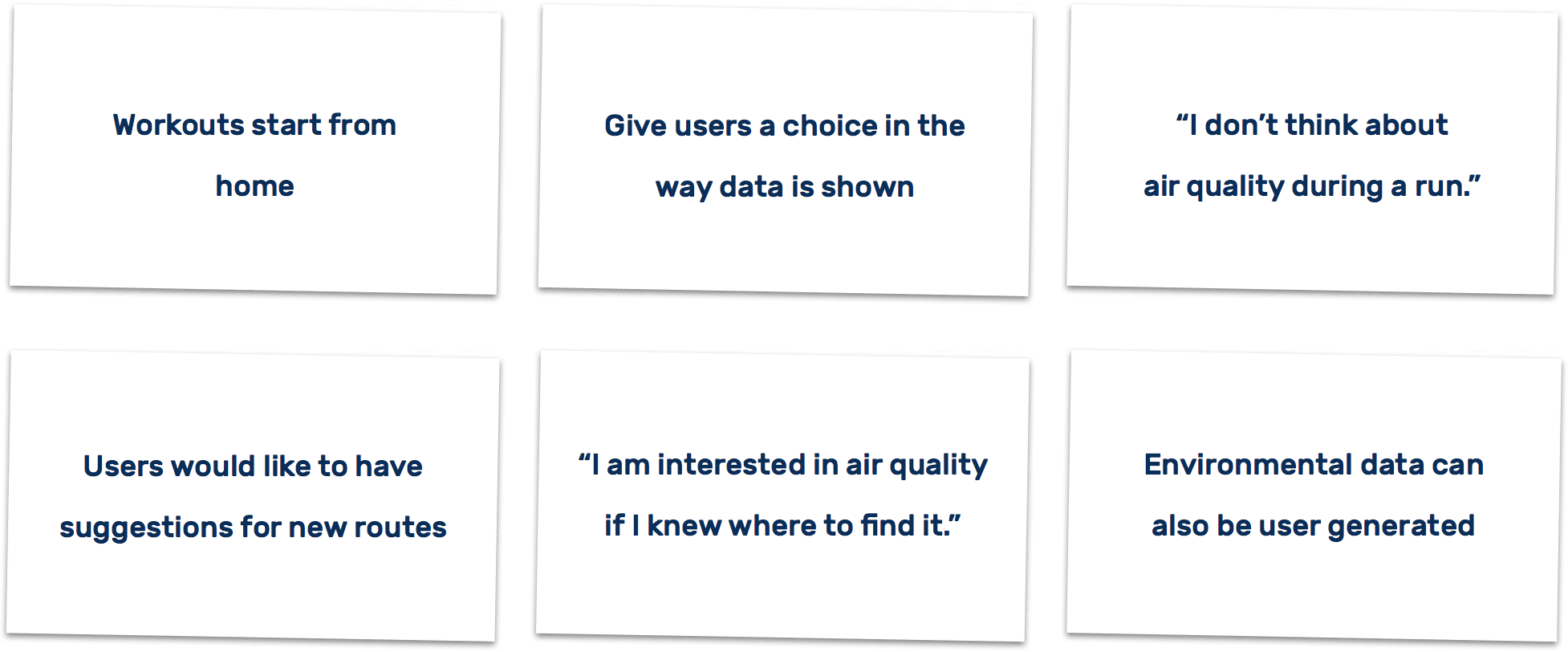
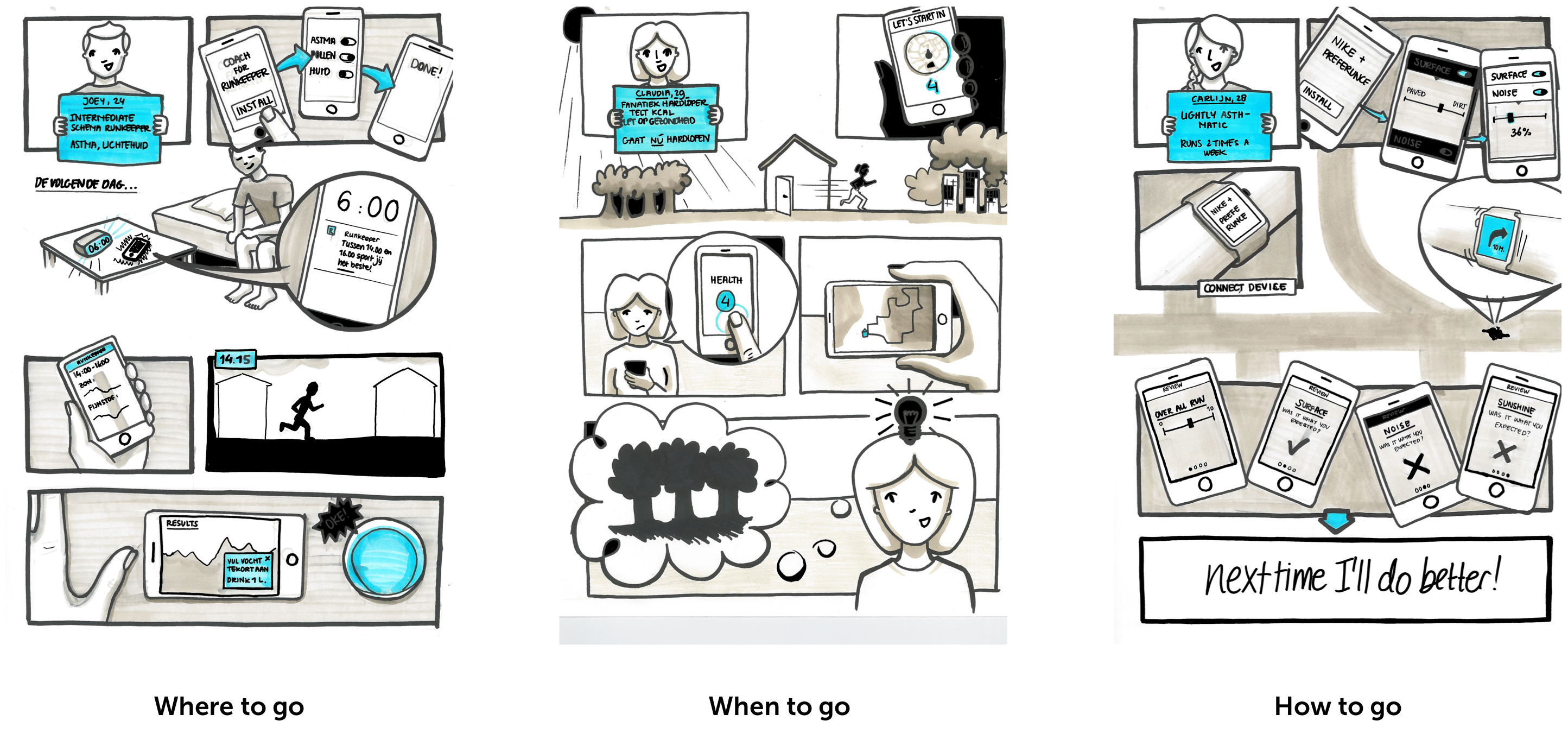
Exploring different approaches
After the discovery phase we came up with three different concepts, all focusing on different user needs. To make a decision which concepts suits the user the best we presented the concepts using storyboards to potential users and discussed our insights with the client. The user needs that are covered by the three concepts are the following; where (1), when (2) or how (3) to go for a outdoor activity. After presenting these concepts to the client, we decided that the focus on when to got for an activity was found most interesting, but it also seemed as feasible (in terms of available data) enough to realise in the near future.
Key moment — Choice to focus on asthmatics
After the decision on the focus on timing for an outdoor actvity, we brainstormed further on what target audience is most affected by the timing of a workout. We figured that the people with asthma or other lung diseases, are most affected by the temporal change of environmental data such as air pollution or pollen. Therefore, we decided to further focus on serving these people, by helping to find a good moment to perform an outdoor activity. It is evenmore important as working out, in good circumstances, could be very benificial against asthma attacks.

Coach app — Assisting asthmatics to freely
work out outdoors
We created a mobile application that uses environmental data such as, humidity, air pollution and pollen, to predict the best timeslot for the asthmatic user to go for an outdoor sports activity. The predictions are influenced by what environmental factors affect the user's asthma the most. By asking the user to reflect on the predictions the app continues to improve on future predictions.
We made a product video to introduce our concept:
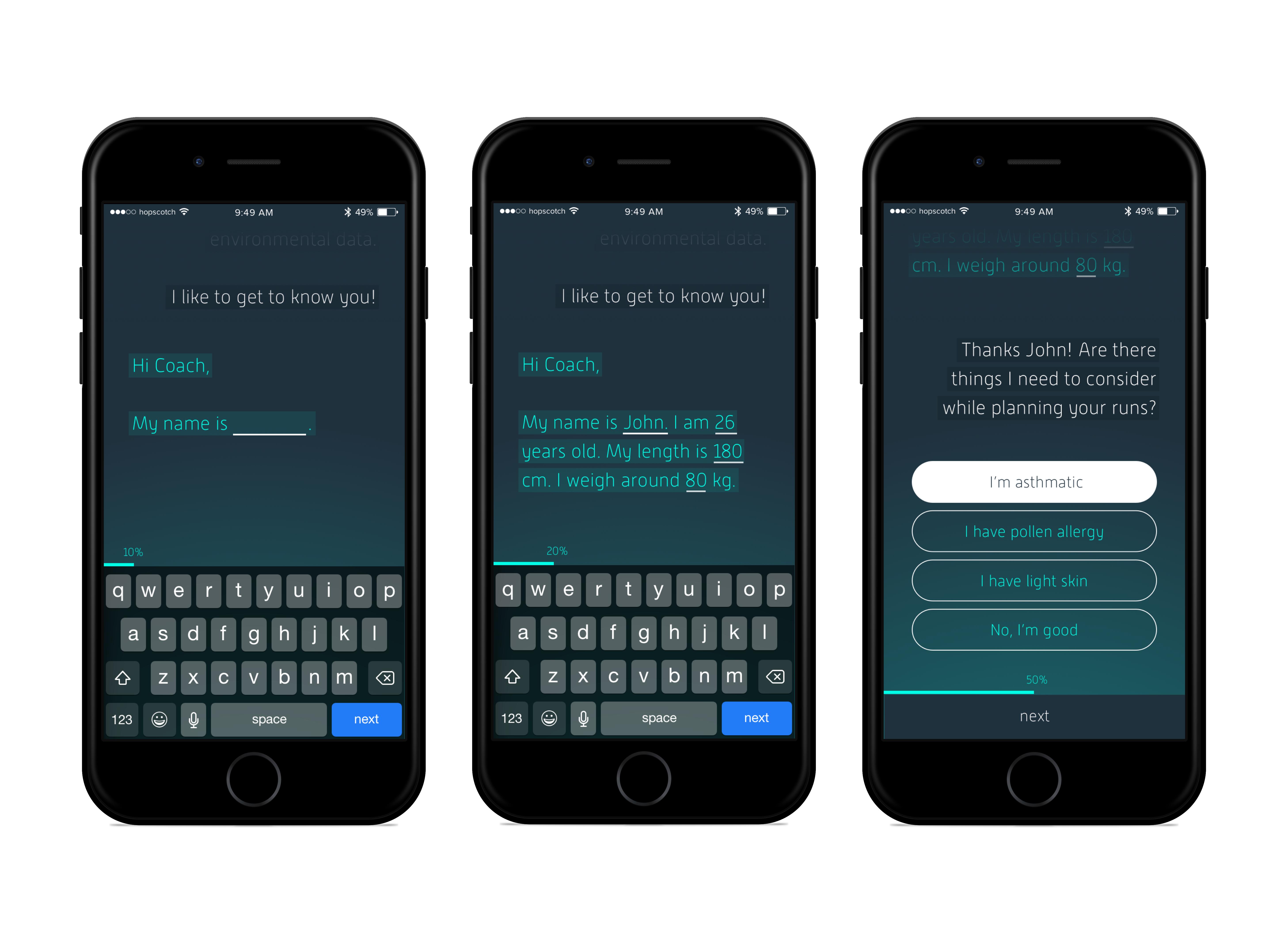
Designing conversations
As the name Coach implies, we intended to create a trainings assistent for the user. To put this to practice, we designed the onboarding process as a conversation in which both parties, the user and Coach, introduce themselves. During this conversation, Coach asks the user to specify what type of asthma the user has and what factors affect their breathing. By using the conversational design, we were able to make it more personal and give it a positive tone of voice, although we are asking about physical conditions.
Multivariate testing a.k.a. AB testing
In most cases asthmatics are not aware what type of asthma they have, as there are multiple types which are all triggererd by various factors. To further specify the type of the user's asthma, we research what method was most adequate in finding relevant triggers. By multivariate testing, we were able to validate what technique out of three was most effective. The first approach was selecting the most relevant triggers. Another option was to swipe trigger statements on relevance. The last option was a rating system for each separate variable. We made a link which sends the participant to a random option. The last question was to relate to one of the three types of asthma. We found that the rating system was most accurate, so we developed this further.
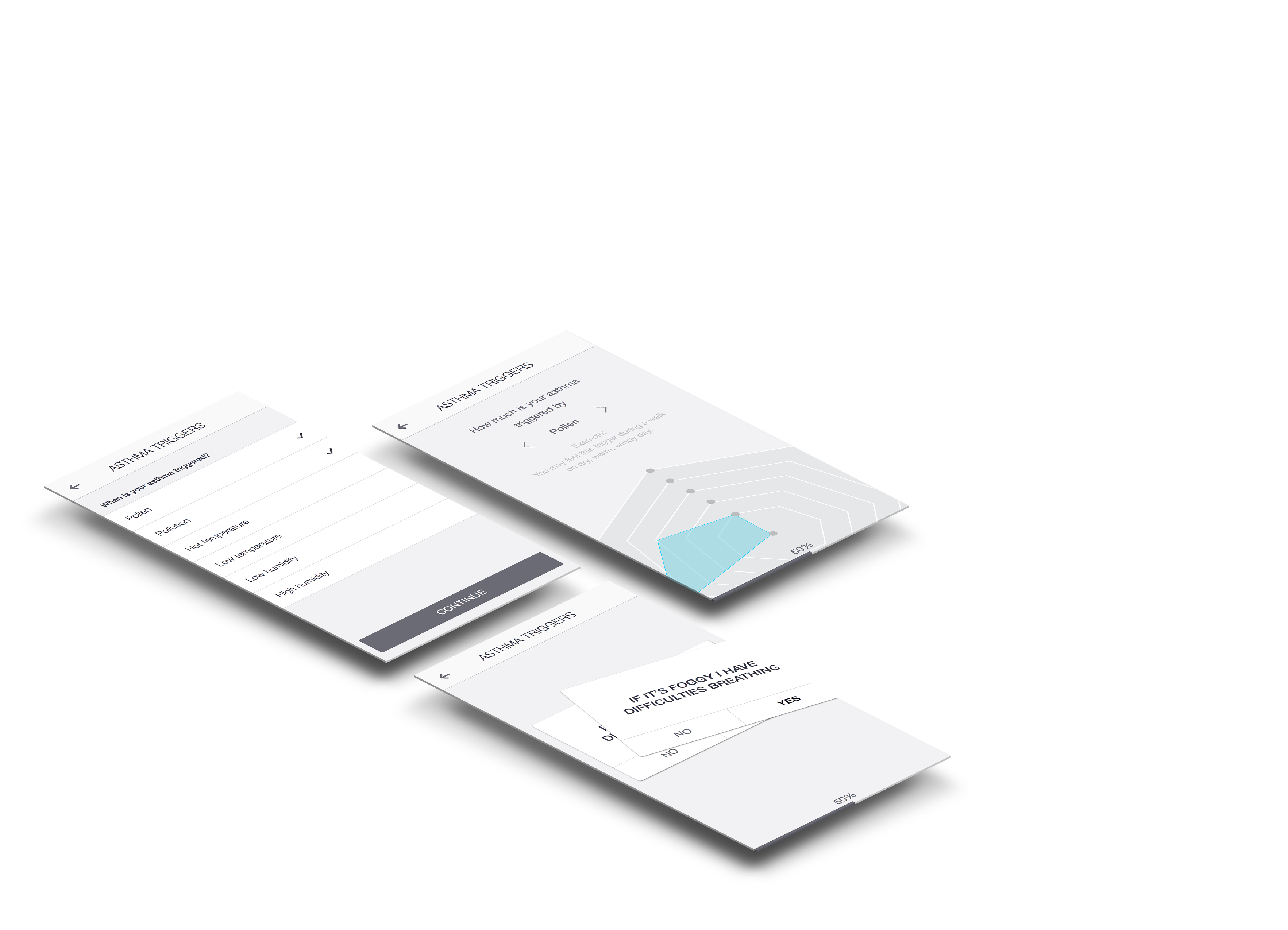

Data visualization
When the user is all set up, Coach starts to deliver. The user gets notified whenever a suitable timeslot for an activity was found. We designed the cumulative rating of the algorithm as a timeline. The marked area's represent suitable moments for sports activities according to the calculations. Also the individual rating per trigger is presented to give more transparency in how the triggers formed the rating. In order to dive into the data of each individual, the user could rotate the screen. In this state the values of each trigger over time is presented.
The result — Award nomination and conference entree
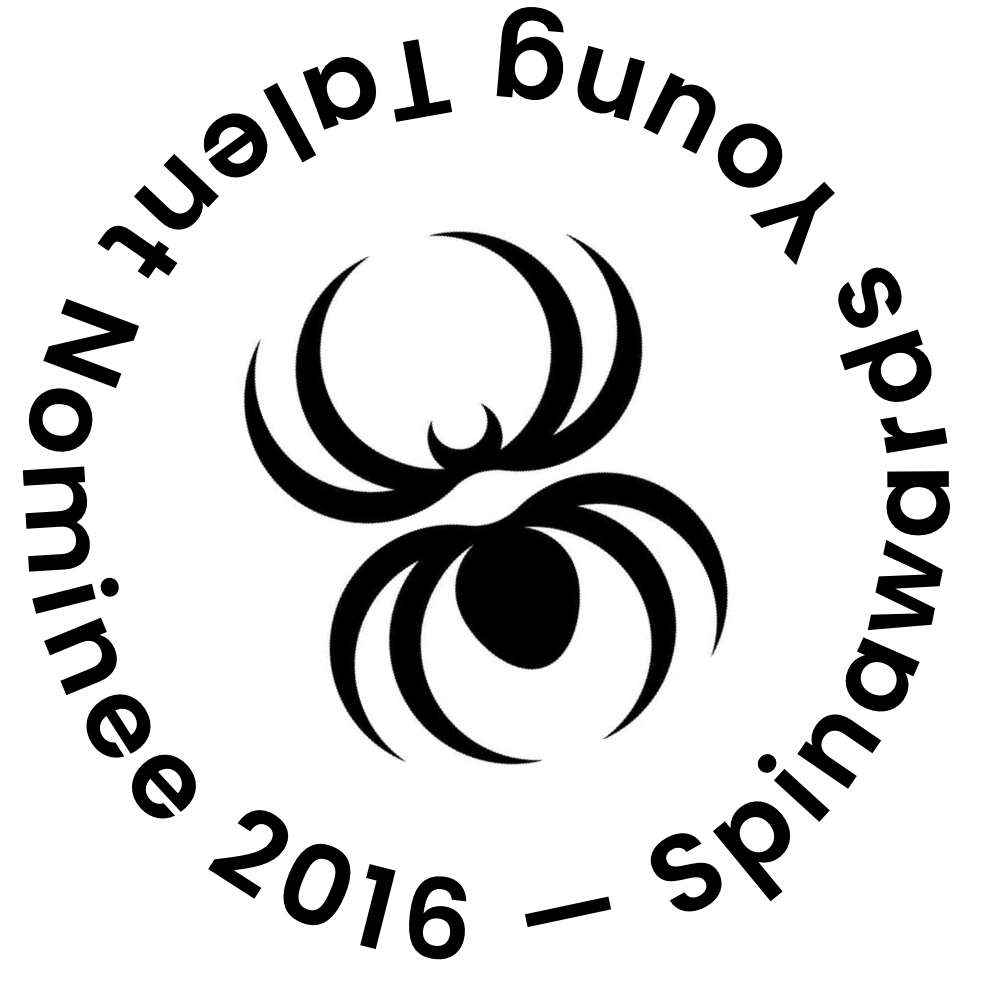
By testing the prototype with actual asthmatics, we validated the concept as being relevant and useful. We presented the product to the Dutch Lung Foundation and the Netherlands National Institute for Public Health and the Environment. They use(d) Coach as an example how big data could be used to improve health and wellbeing for lung patients.
Furthermore, Coach was nominated for the Young Talent SpinAwards and the Adobe Design Achievement Awards. Finally, we also wrote a paper, that we presented at the Student Interaction Design Research Conference (SIDeR) in Malmö, Sweden. We also made a extensive case study about our product and process, which can be found here.
On a personal level, this project taught me a lot on how to break down complex issues, which enables you to see valuable opportunities. Also, we conducted a process in which we researched by design, as we continously validated our ideas and concepts in order to rapidly iterate, which resulted in quick progression and adequate solutions.
As I was ultimately responsible for the UX design of the product, I learned ownership. Although, we collaborated on each aspect of the product, I was the one who ultimately makes the decisions on the UX part. It challenged me to formulate clear arguments why I choice certain design decisions.
Thanks for reading — See my other projects
See other projects
